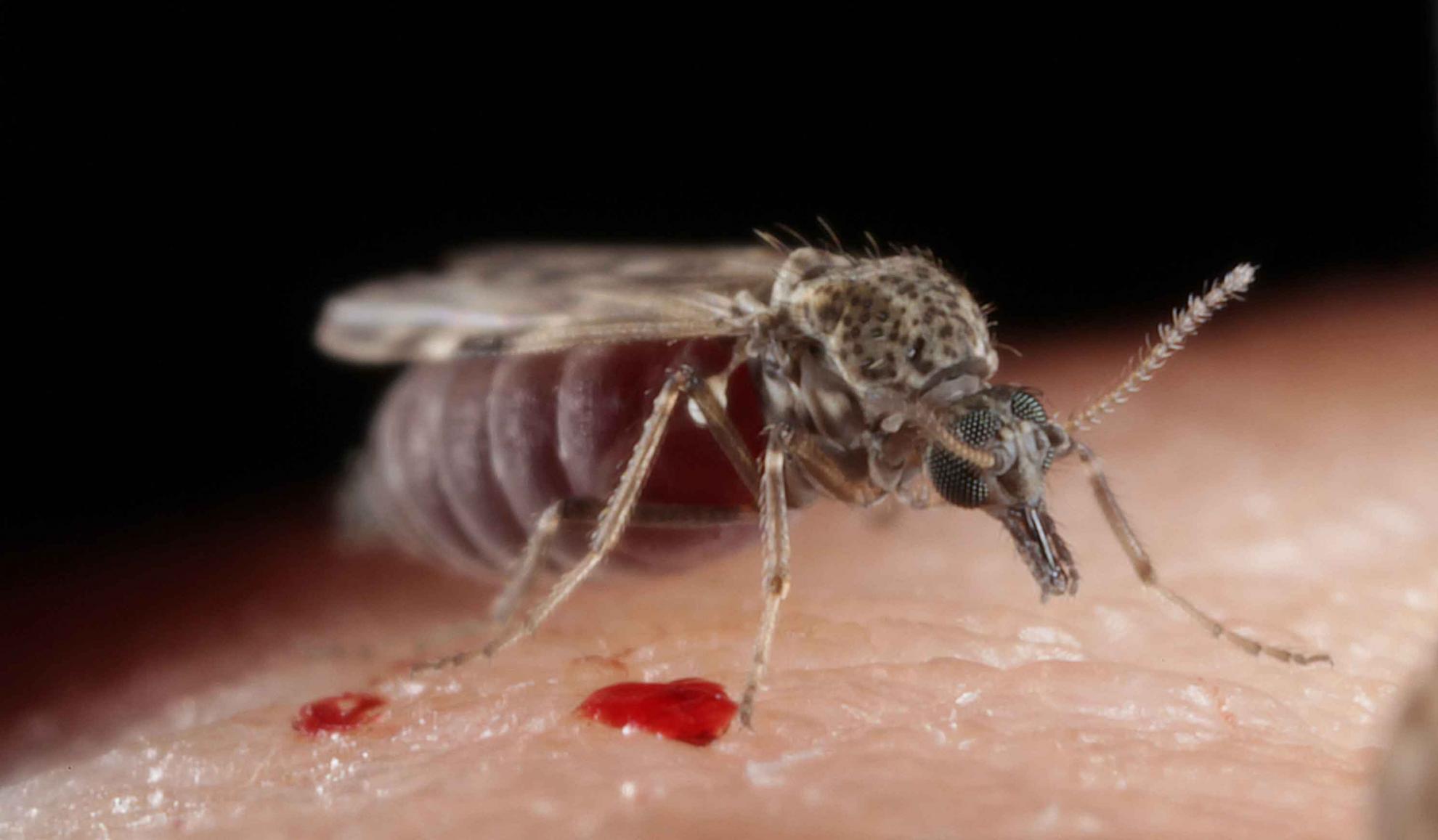Susceptibility of Culicoides biting midge larvae to the insect-pathogenic fungus, Metarhizium anisopliae: Prospects for bluetongue vector control
Culicoides biting midges (Diptera: Ceratopogonidae) are responsible for the spread of several arboviruses of livestock and humans that are of international importance. This study assesses the virulence of 18 insect-pathogenic fungal strains from the genera Metarhizium, Beauveria, Isaria and Lecanicillium to larval stages of Culicoides nubeculous Meigen as a means of examining their potential as biocontrol agents. In initial screening, six strains of M. anisopliae (ERL700, CA1, V275, LRC181A, ARSEF 3291 and ARSEF 4556) outperformed the other tested genera and were found to cause between 90% and 100% larval mortality in all larval instars of this species at 72 h post inoculation. The virulence of the most effective strain, M. anisopliae V275, was then further tested by exposing larvae to doses which ranged from 104108 conidia/ml and recording mortality at 24, 48 and 72 h in a 24-multi-well plate with each well containing 600 ?l of water and at 24 and 48 h in 250 ml plastic cups containing 50 ml of water. Sensitivity of larvae was extremely high in the multi-well plates, with LC50 values of 4.34.5 × 103 conidia/ml and no significant differences between larval instars. In the 250 ml cups, M. anisopliae V275 caused mortalities of between 70% and 100% to larvae and later instars exhibited higher mortality rates. The results are discussed in relation to incorporation of M. anisopliae into biocontrol programmes to control arboviruses vectored by Culicoides.
Back to publications

